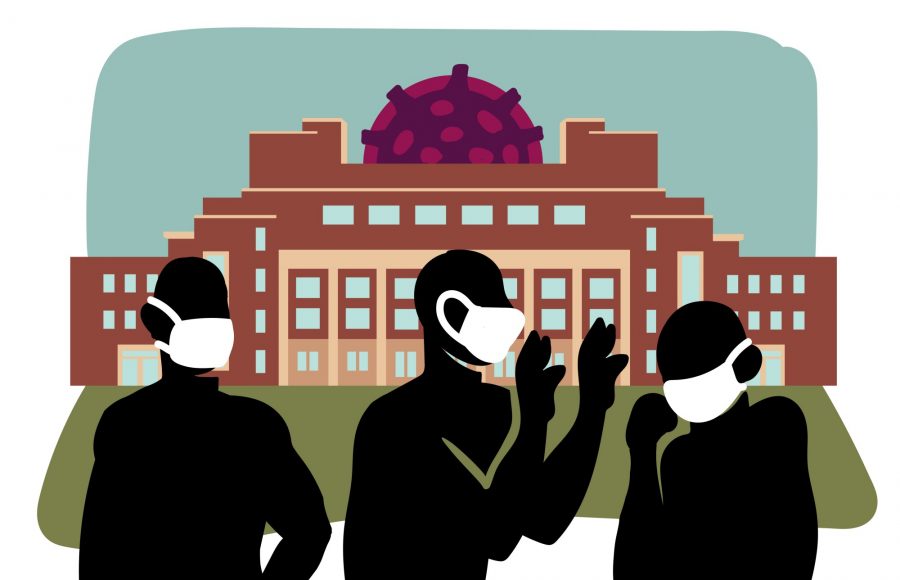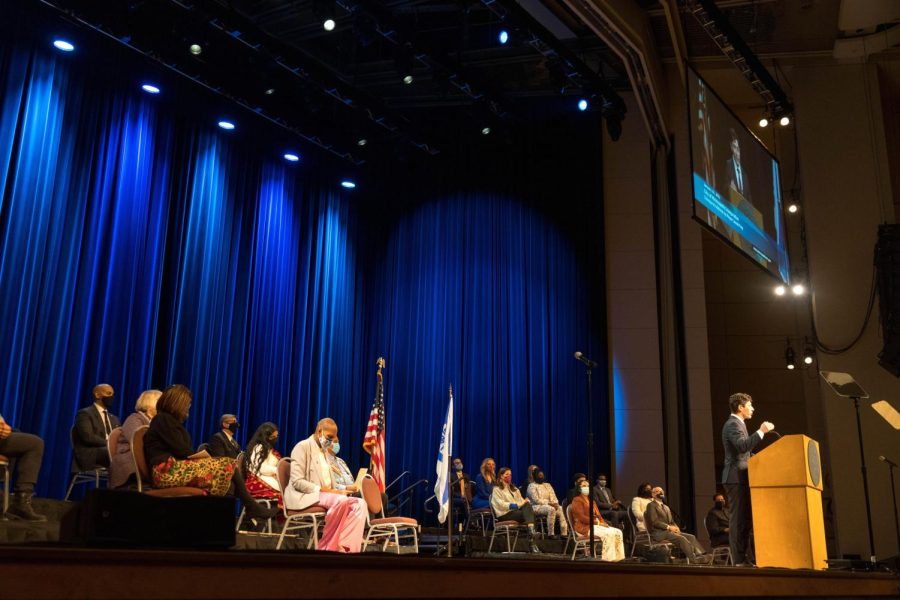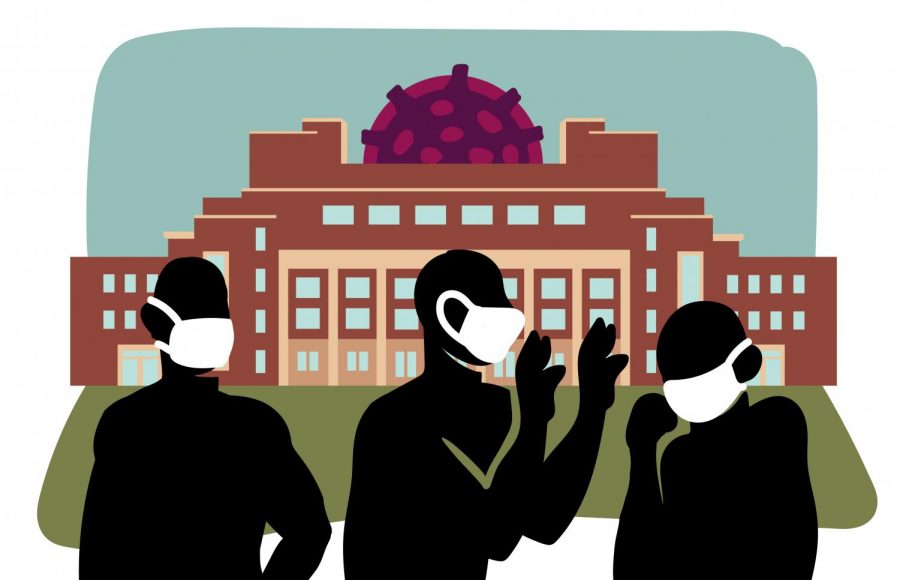The University of Minnesota’s Board of Regents discussed plans for the fall semester, the annual budget and salary cuts in a virtual meeting Thursday.
The Finance and Operations Committee approved the proposed University budget for fiscal year 2021 and temporary salary reductions for employees. These items will require a final vote by the board on Friday. The regents also planned what reopening the University would look like come fall.
Reopening plan for fall 2020
Gabel presented her plan for reopening the University for fall semester amid the ongoing COVID-19 pandemic. Gabel sought the Mission Fulfillment Committee’s endorsement, with final board approval scheduled for July.
Under Gabel’s proposed plan, instruction will take place in a mix of in-person, online and hybrid scenarios. Leaders are still discussing how to determine which courses will be offered in which format.
As announced in a systemwide email June 5, in-person instruction will conclude prior to Thanksgiving break. Additionally, fall semester will likely begin in August, or one week prior to the previously scheduled start date.
An in-person “Julymester” will also be implemented to accommodate limited capacity during the fall and spring semesters, Gabel said. Capacity levels will be adjusted in classes, dining halls and residence halls to promote safety. As a result, classes will be scheduled into extended hours and on Saturdays.
In-person classes will also be conducted in a way that respects social distancing guidelines. Leaders are consulting public health officials about students and faculty using University-provided masks.
The board discussed how the shift in the academic calendar will affect students with leases beginning after classes start. The University is consulting the Minnesota Landlord Associations on the matter, Gabel said.
The president also discussed creating possible living spaces on campus for students if their living situations are impacted by the early start date.
Upon return in fall, the University will also implement testing, contact tracing and social distancing on campus. If testing is not covered by student health insurance, it will be covered under state testing allocations, Gabel said. A working group led by Medical School Dean Jakub Tolar will work to implement these processes.
Capital budget FY 2021
The Finance and Operations Committee reviewed and approved President Joan Gabel’s proposed budget for FY 2021, pending a final vote by the board Friday.
The COVID-19 Adjusted Budget is valued at $3.9 billion in revenue, although amendments are likely to be made in the future.
The budget also includes funds designated for the University of Minnesota Police Department.
The budget allocates $260,000 in a recurring investment for the salary of four security officers employed by the University. These employees are not law enforcement, Senior Vice President for Finance and Operations Brian Burnett said at the meeting.
Three additional police officers may be hired starting next year, a decision up to the president’s discretion. These new hires would represent $285,000 in the proposed budget. Though the initial decision to hire these officers was made in January, it has not yet been finalized. The original choice reflects collective bargaining agreements previously agreed upon by the University. This addition would make it so four officers can be present on each shift.
Burnett also discussed comments from regents about the reallocation of funds from police and public safety to other areas of the University. In response, Burnett shared that 0.4% of the total budget is allocated to public safety and law enforcement, while equity and diversity efforts reflect roughly 3.0% of the University’s budget. Burnett supported that these allocations are appropriate.
“The total spending on public safety and police on the Twin Cities campus is $14.5 million or about 0.4% of the budget,” Burnett said at the meeting.
Coronavirus Aid, Relief, and Economic Security Act funds, received as part of the federal economic stimulus package, will be distributed by June 30. A full report on the areas of the University receiving money will be issued at a later date, Burnett said at the meeting.
Temporary salary reductions
The Finance and Operations Committee also unanimously voted to approve temporary employee salary cuts and furloughs to offset expected losses incurred by COVID-19.
The cuts and furloughs will impact the salaries and fringe benefits of all of the University’s nonexempt employees. The measures are projected to save the University $45-50 million in total. The full board will vote on the recommendations on Friday.
Employees exempt from the measures include those who make under $60,000 per year, graduate students, professionals in training and H-1B and E-3 visa holders. Top administrators and coaches who took a 10% voluntary pay cut are also exempt.
Different employee groups will be assigned furlough days and pay cuts depending on the law, University policy and collective bargaining agreements. Unpaid furlough recipients will receive a bank of hours that they can use in an allotted time frame, while those receiving pay cuts will get an equivalent number of days off they can use during pay reduction time frame.
The plan will be implemented in two six-month segments, with the option to loosen or tighten restrictions after the first segment.
The recommendations were drafted by the Finance and Operations Planning Work Group, which Gabel created in mid-April. The group gathered feedback from the University community before releasing their initial recommendations in late May. The Faculty Senate voted to send the recommendations to the board last week.
Gabel outlined several main priorities in the initial charge, chief among which were retaining as many employees as possible and shifting most of the financial burden to those with higher income levels.
The work group’s recommendations also include long-term savings measures which would offer retirement incentives to eligible employees. The long-term recommendations will be voted on in the coming months, according to docket materials.
Correction: A previous version of this article mischaracterized the finality of hiring decisions for UMPD officers, as well as the costs associated with those positions.












